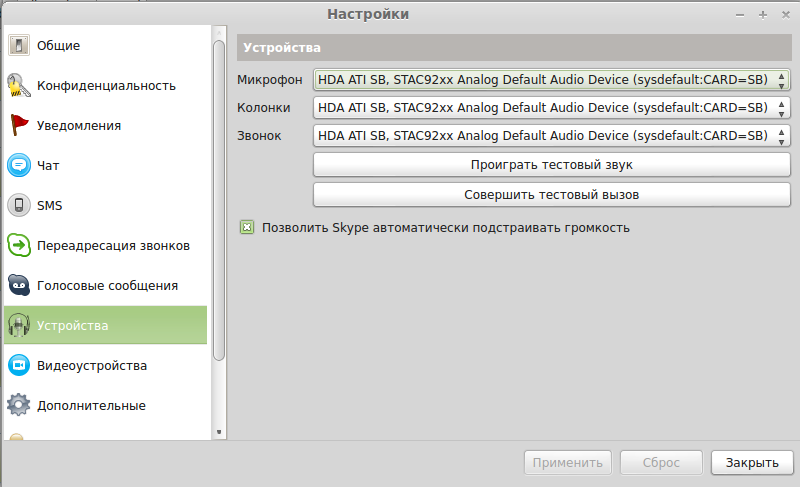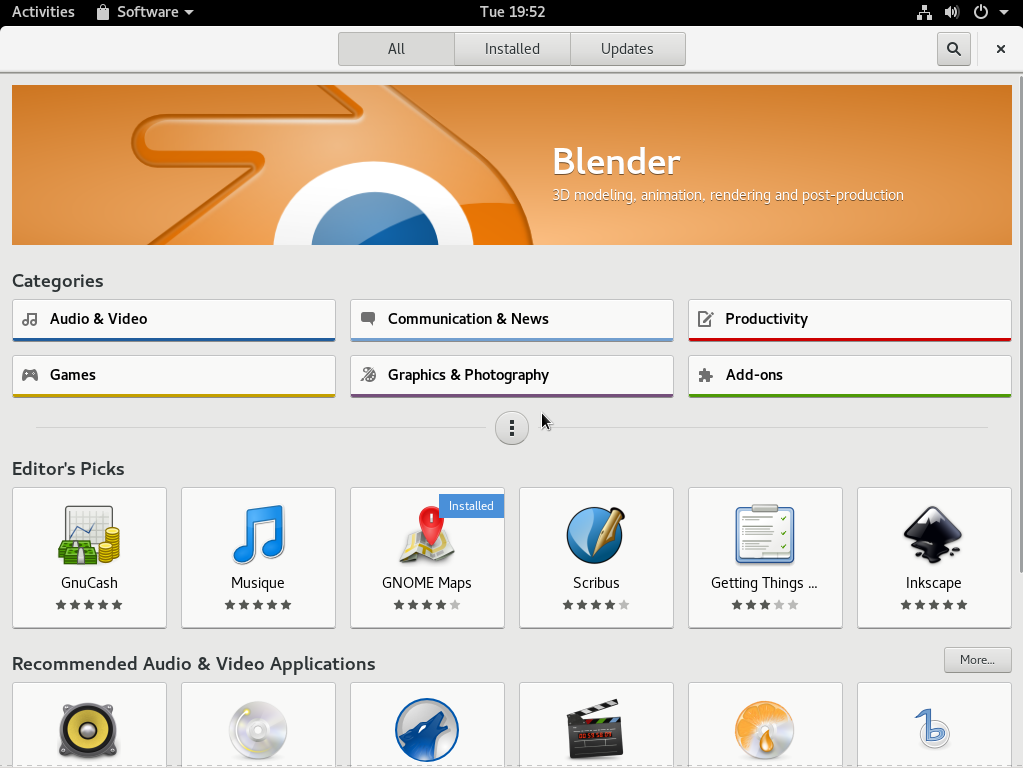


dmix plugin muxes multiple playback streams dsnoop plugin allow multiple applications to capture from a single microphone and plug plugin transparently converts audio between various sample formats, sample rates and channel numbers. Instead, apulse relies on ALSA’s dmix, dsnoop, and plug plugins to handle multiple sound sources and capture streams running at the same time. Internally, no separate sound mixing daemon is used. It consists of a loader script and a number of shared libraries with the same names as from original PulseAudio, so applications could dynamically load them and think they are talking to PulseAudio. The program provides an alternative partial implementation of the PulseAudio API. The following NEW packages will be installed:
UNINSTALL PULSEAUDIO INSTALL
Getting rid of pulseaudio completely might be hard/impossible without not changing currently default installed applications sudo apt install vlc -no-install-recommends If you wish to move this forward… Let me know which packages are required to make ALSA work in Tor Browser or generally. Tor Browser audio still broken after removal of all pulseaudio related packages. To check that all pulseaudio related packages are gone: dpkg -l | grep pulse However, using PulseAudio this way does seem to add extra latency, or delay, to the sound output, so I recommend that you uninstall the pulseaudio package. Uninstall it in the Device Manager, then disconnect the USB cable. In a test-only VM for a quick test of removal of pulseaudio: sudo apt purge "*pulse*" pulseaudio pavucontrol also in pulseaudio the cable got detected but the game never found the device.
UNINSTALL PULSEAUDIO HOW TO
You have now learned how to uninstall packages on your Raspberry Pi, and also some. If pulseaudio runs on top of ALSA, why would removal of pulseaudio be required to make ALSA access work? Lets remove pulseaudio from the system if its installed by default. Then there should be no need to purge pulseaudio. How can I install that I tried rolling back to Fedora 33 but it seems that, after doing some layerings, I lost my last fedora 33. I’d (sadly) need to use the real pulseaudio.


 0 kommentar(er)
0 kommentar(er)
